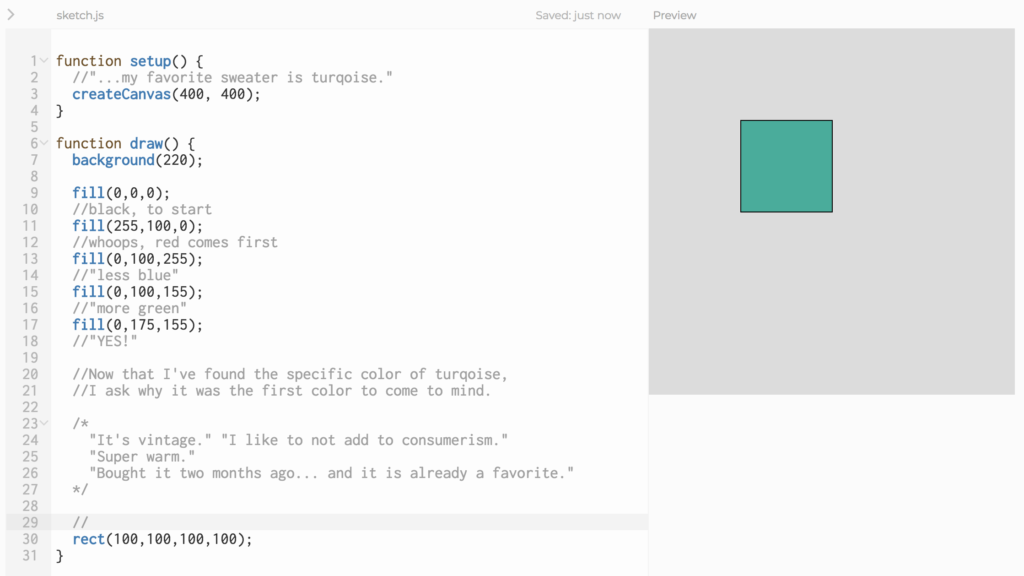Facebook Art Event Score:
I’m seeing more of what I might call “emergent” event scores on the internet. Here is a trend that has popped up in my Facebook feed:
This is the most succinct explanation of the rules I saw. Looks like an event score to me. Lots of different people and approaches on this came up over and over again:
The more I read about Fluxus, and event scores in specific, there is a repeated awareness of “the moment” of everyday life. Brecht’s “Exit” is an event score that tries to make us more aware of something we all do everyday, to consider its poetic and artistic power. Which leads us to living a better, considered, thoughtful life.
Which is part of a larger Fluxus ethos: breaking art out of the traditional art context. That everyone can be an audience for art, everyone can perform it, and everyone can make it.
I think the above viral event score could fit the definition. However, I’m still determined to draw parallels to programming. Making a variation off of my seven day practice, I did another “color picker” event score. Instead of a straight interview, I tried to embed everything into the code itself.
You can find the code on the online p5 editor here:
http://alpha.editor.p5js.org/dbarrett/sketches/r1LPv5MyG
I’m making a claim that imperative statements can tie lines of code and lines of event score instructions together. One place where they diverge is code comments (every line that starts with “//” is a comment in javascript, and is not run by the computer, but a set of notes to read while reading the code that does run).
One set of imperative commands is presented without explanation or context, and the other has notes that guide the user through the meaning. It is interesting to me that computer code is the form that offers more direct communication in this regard, as digital life seems to be regarded as *less* human and removed from interpersonal connection.
What would event scores look like if a diligent coder added comments that explain the commands (as all good coders should!) ?

Or:
exit();
//this exit function opens onto the enigmatic abyss of the semiotic.
//opening a door to the entry of linguistic structures and material into
//visual art of the 1960’s.
//This documentation courtesy of:
//”Post-Cagean Aesthetics and the “Event” Score” by Liz Kotz, MIT Press
//Found here:
//https://www.jstor.org/stable/779200?seq=1#page_scan_tab_contents
Seems to not resonate as much. Though it is interesting to think that you get more *potential* meaning through less literal communication. Is the power of the event score (and perhaps art in the larger context), partially driven by the *vagueness* of the communication? Why is that potent?
That being said: I think that I’m being a bit cheeky, involving a larger non-art audience, and being rebellious towards traditional art sensibilities. Maybe it isn’t good art, but perhaps at least in the spirit of Fluxus.











cheeky, a widened audience and traditional un-sense are all great –
the exciting thing to me is how comments are instructions, and why let them remain instrumental when they can also be playful, artful, and all-around qualitative?
did you write the
exit();
piece?